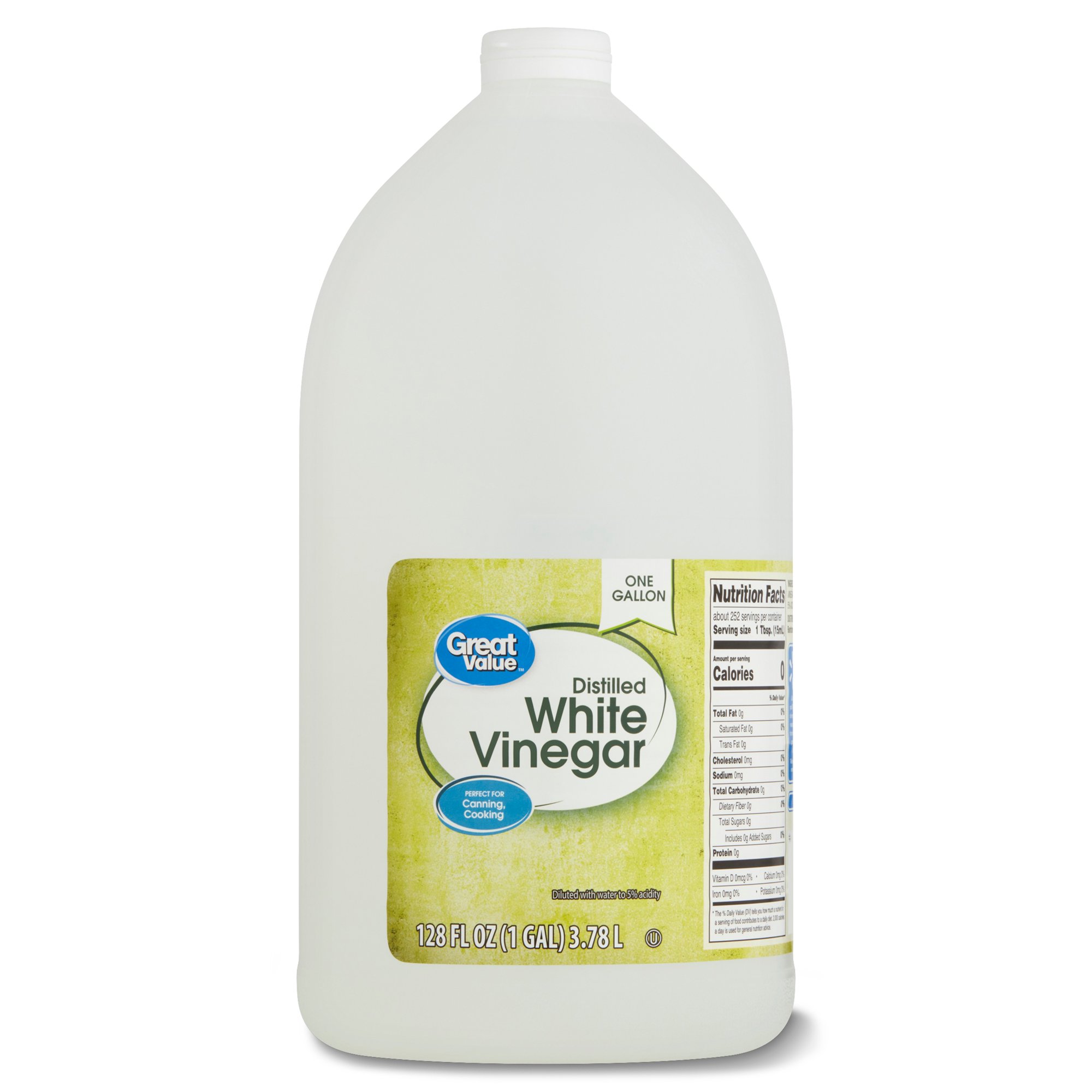5 helpful ways to use microfiber cloths, the 'unsung heroes of cleaning' – from cleaning electronics to reviving old shoes
Our cleaning pros share their favorite ways to make the most out of these


If there's one housekeeping staple we recommend time and time again here at Homes & Gardens, it's a microfiber cloth. This small yet mighty cleaning essential works efficiently to banish dust and debris, but they have other uses, too.
Our cleaning pros love microfiber cloths for lots of handy functions around the home and some of their uses might surprise you.
So, here our experts share their top cleaning tips on their favorite ways to maximize on microfiber cloths, that go beyond dusting – so you can try them too.
5 ways to use microfiber cloths beyond dusting
1. For shining windows and mirrors

Microfiber cloths are ideal for cleaning a window and cleaning a mirror without streaks, recommends Forrest Webber, cleaning expert and founder of Bear Brothers Cleaning.
He says, 'Microfiber cloths are streak-free ninjas. They grab dirt and grease as if it owes them money, and leave your glass sparkling without a drop of lint.'
To use them, simply dampen with water, cleaning solution, or try cleaning with vinegar by making a homemade vinegar glass cleaner. 'Then, use another dry microfiber cloth to buff the surface until it looks like it belongs in a home decor magazine,' adds Webber.
You can also make use of nostalgic cleaning tips, by following up with an old piece of newspaper to buff away residue and make glass surfaces sparkle.
All prices were correct at time of publication.

This vinegar is perfect for cleaning all around the home, distilled to a 5% acidity to banish bacteria and make surfaces shine, without the need for strong chemicals.

These bestselling microfiber cloths can be washed in the washing machine and dried in the tumble-dryer, making them a super quick and convenient way to be sustainable at home. Skip fabric conditioner to keep your cloths absorbent.

These bottles are ideal for filling with any homemade cleaning solutions, with UV protection to ensure DIY solutions retain their efficacy and potency, and safeguarding ingredients from degradation.
2. To clean electronics

While there are many cleaning methods to avoid damaging a TV and other electronics, a microfiber cloth is a handy, trusty way to get the job done, says Carolina Kazimierski, co-owner and president of Sophia's Cleaning Service.
She explains, 'Another common way I see microfiber being used is for cleaning electronic screens, and other delicate surfaces like glasses or sunglasses, especially those with any type of coating.
'Since it does have these very fine, soft, lint-free fibers, microfiber is safer and runs much less of a risk of scratching a delicate coating or your device screens.'
To clean dust from a PC without compressed air, to clean a monitor or to clean a laptop screen, use your microfiber cloth dry for dusting screens, or 'lightly dampened for stubborn smudges,' recommends cleaning expert Webber.Use either with a dab of distilled water, such as the Pure Life Distilled Water available at Target, or a homemade cleaning spray to repel dust.
'Don't spray water directly on your gadgets unless you enjoy living dangerously,' he adds.
3. For polishing stainless steel

If you're looking for cleaning methods for stainless steel, Webber suggests using microfiber cloths.
He says, 'Microfiber cloths are perfect for stainless steel because they buff away fingerprints without scratching or streaking,' particularly when paired with a specifically formulated cleaner, such as the Therapy Stainless Steel Cleaner available at Amazon. 'Follow up with a dry cloth for that showroom shine,' he adds.
You can also, surprisingly, polish stainless steel appliances with olive oil or use essential oil, which is brilliant for cleaning stainless steel, if you prefer a more natural approach.

This cleaner, from the number one selling stainless steel brand, uses a pH neutral formula to clean, polish and protect surfaces.
4. To revive old shoes

Shoes can be difficult to clean, particularly if you can't wash shoes in the washing machine. Enter: the microfiber cloth, says cleaning expert Webber.
He explains, 'Microfiber cloths gently clean leather and vinyl shoes without harsh chemicals,' and are also suitable to clean suede shoes. 'Buff your shoes with a dry cloth, or dampen them slightly for tougher scuffs,' or if you need to get mold off shoes.
5. To simplify bathroom cleaning

Whether you need to clean a bathroom, or even clean a bathroom in 30 minutes or less, a microfiber cloth is ideal for getting the job done.
Cleaning expert Webber says, 'Microfiber tackles soap scum and grime without needing harsh cleaners. Dampen the cloth and wipe down sinks, faucets, and shower doors. Now you can say, “I cleaned the bathroom in minutes!” and mean it.'
While you can just use water, we recommend the Method Bathroom Cleaner available at Walmart, as it's biodegradable, free of bleach and plant based.
FAQs
What should you do with microfiber cloths after cleaning?
While this doesn't need to be done every single time you use them for cleaning, it's important to regularluy wash microfiber cloths to keep them soft and absorbent, and free from bacteria.
If they're not ready for a wash yet, simply hang them up to thoroughly dry before storing them away, wherever you keep your cleaning supplies. When you do pop them in the washer, skip the laundry softener as that will coat the tiny fibers and reduce absorbency. Instead, use a capful of cleaning or white vinegar to remove build up of detergent and restore the microfiber to its full power.
What ruins microfiber cloths?
While microfiber is a reasonably durable material, exposure to high heat, particularly from clothes dryers can melt, shrink and damage them.
Therefore, it's usually best to machine dry low, removing them before they are fully dry, or harness the benefits of air-drying laundry. Using too much detergent can also cause build-up on the fibers, which, over time can zap their efficiency in soaking up water.
'Microfiber cloths are reusable, eco-friendly, and effective at almost everything' says cleaning expert Webber. 'They’re the unsung heroes of cleaning that help you save time, money, and sanity – all while leaving your home sparkling clean.'
Are you making any common microfiber cloth mistakes? From using fabric softener to not washing before first use, you could be affecting the efficacy of your cloths, and shortening their lifespan.
Sign up to the Homes & Gardens newsletter
Design expertise in your inbox – from inspiring decorating ideas and beautiful celebrity homes to practical gardening advice and shopping round-ups.

Ottilie joined Homes & Gardens last year, after finishing a Master's in Magazine Journalism at City, University of London. With previous contributions in Livingetc and Motorsport Magazine, she produces content for the Solved section on the website, focusing on clever tips and tricks to keep your home beautiful, organized and clean. She also has an undergraduate degree in English Literature and History of Art from the University of Edinburgh, where she developed a love for inspiring interiors and architecture.
-
 My orchid's leaves haven't wrinkled since moving it to this exact spot in my home – it's the easiest hack to keep these flowering houseplants hydrated
My orchid's leaves haven't wrinkled since moving it to this exact spot in my home – it's the easiest hack to keep these flowering houseplants hydratedDehydrated orchids can perk up again in the environment of a bathroom
By Tenielle Jordison
-
 Hailey Bieber's curvaceous toaster is an Italian design staple (with roots in the 1950s) – it blends retro style with modern capabilities
Hailey Bieber's curvaceous toaster is an Italian design staple (with roots in the 1950s) – it blends retro style with modern capabilitiesThis toaster has stood on the countertops of 'It girls' since the '50s, and Hailey Bieber has just resurged the trend – you can follow suit for $250
By Megan Slack
-
 I've spent over 200 hours testing vacuums and swear by my two Dysons – this is how I properly clean a Dyson vacuum filter for longer-lasting appliances
I've spent over 200 hours testing vacuums and swear by my two Dysons – this is how I properly clean a Dyson vacuum filter for longer-lasting appliancesYour Dyson vacuum will last much longer and clean at its best
By Dan Fauzi
-
 Do cleaning products expire? Professional cleaners warn time could make them ‘less effective, and in some cases, irritating to use’
Do cleaning products expire? Professional cleaners warn time could make them ‘less effective, and in some cases, irritating to use’For the best results, it pays to stay on top of the timeline of your cleaning products
By Chiana Dickson
-
 How to clean a patio – 6 different methods, and when you must use a chemical cleaning agent
How to clean a patio – 6 different methods, and when you must use a chemical cleaning agentFrom manual scrubbing, natural solutions or calling in the pros, industry experts reveal the benefits and considerations of each method
By Andy van Terheyden
-
 5 surprising but brilliant ways to clean with old socks – from perfectly buffing stainless steel to deterring pests naturally and more
5 surprising but brilliant ways to clean with old socks – from perfectly buffing stainless steel to deterring pests naturally and moreTackle dust in tricky corners, clean your mirrors and even banish bad odors with those rogue single socks
By Andy van Terheyden
-
 5 things people with clean upholstery always do – they're simple, quick and oh-so-effective
5 things people with clean upholstery always do – they're simple, quick and oh-so-effectiveEnsure your furnishing looks clean year-round with these expert tips
By Seraphina Di Mizzurati
-
 'Wick away the ick' – 6 things people with clean laundry rooms always do to make this hardworking space shine
'Wick away the ick' – 6 things people with clean laundry rooms always do to make this hardworking space shineThese tips on how to clean your laundry room will banish grime
By Seraphina Di Mizzurati
-
 How safe are carpet deodorizers? As a seasoned vacuum tester, I urge you to try alternative methods
How safe are carpet deodorizers? As a seasoned vacuum tester, I urge you to try alternative methodsNatural cleaning is always the answer
By Dan Fauzi
-
 'The world will not end' – 5 cleaning habits to quit for a happier, easier life, and what to do instead
'The world will not end' – 5 cleaning habits to quit for a happier, easier life, and what to do insteadGet your home sparkling, minus the stress
By Ciéra Cree